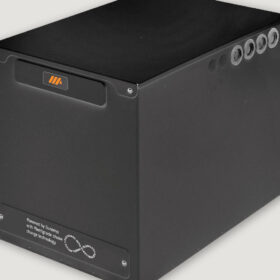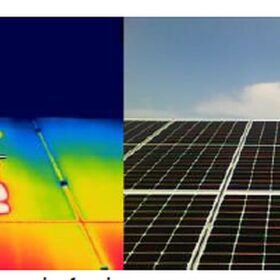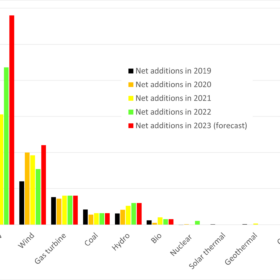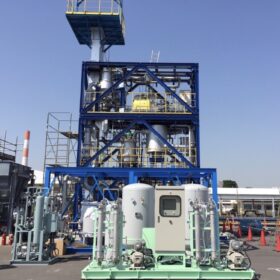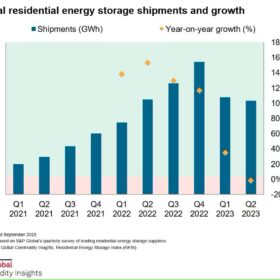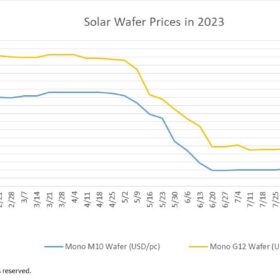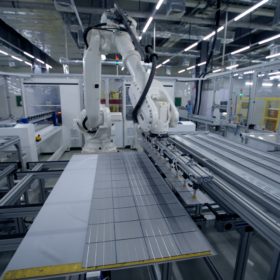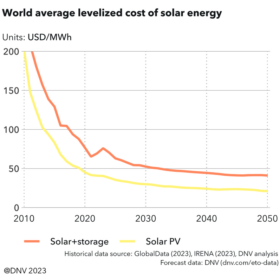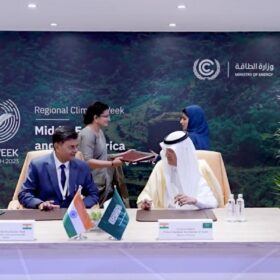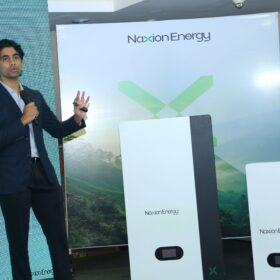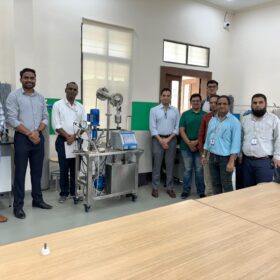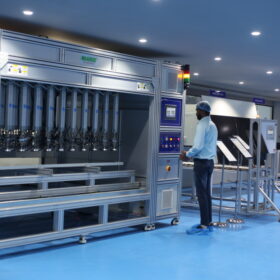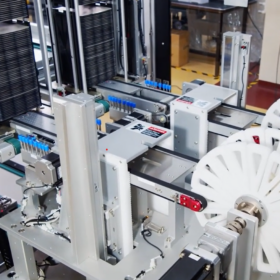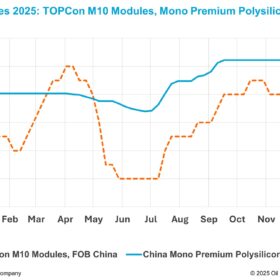Triple Solar introduces residential thermal battery
Dutch company Triple Solar has launched a residential thermal battery with a heat loss rate ranging from 0.67 kWh/day to 0.84 kWh/day. The new product can reportedly provide hot water at temperatures ranging from 45C and 55C, with the minimum heat source temperature ranging between 65C and 80C.
Combination of half-cut, bifacial solar cell designs may contribute to hotspot formation
Scientists in Spain tested PV modules under partial shading conditions, aiming to better understand the formation of performance-damaging hotspots. The study reveals a potential issue particularly affecting half-cell and bifacial modules, which may cause accelerated performance loss and is not covered by current testing/certification standards.
Solar panel waste is not a significant problem
Solar panel waste will not be a problem because there is so little of it. However, there is a short-term problem in some places because panel deployment is growing fast and recycling is playing catch up.
The Hydrogen Stream: Japan backs hydrogen in aviation
The Japanese government has confirmed to pv magazine that it is launching a new support scheme for hydrogen in aviation, while Japanese investors continue to actively pursue participation in a green ammonia project in South Africa.
Residential battery inventories soaring in Europe, says S&P Global
European warehouses are reporting extremely high inventory levels for residential energy storage systems, with aggressive prices expected, as distributors need to start clearing their stocks, according to S&P Global.
Solar wafer prices hit record lows
In a new weekly update for pv magazine, OPIS, a Dow Jones company, provides a quick look at the main price trends in the global PV industry.
Sodium-seawater batteries for short, long-term stationary energy storage
Italian researchers studied sodium-seawater batteries (SWBs) for short- and long-term energy storage on Sardinia and found that SWBs with wave energy smoothed out power fluctuations, while enabling a fully decarbonized power generation system over the long run.
India’s emergence as a credible option in renewables supply chain
Clean technology and ancillary equipment offer a cumulative $300-400 billion sales opportunity for Indian manufacturers within this decade, according to a new report by KPMG that says India has the potential to emerge as an alternative in the renewable energy supply chain.
World: Solar PV LCOE expected to slide to $0.021/kWh by 2050, says DNV
By mid-century the levelized cost of energy (LCOE) for solar PV will be $0.021/kWh, a new report by risk management company DNV predicts. The learning rate for solar is predicted to decrease from 26% to 17% by 2050.
The Hydrogen Stream: India, Saudi Arabia sign hydrogen agreement
India and Saudi Arabia have agreed to develop electrical interconnections and low-carbon hydrogen, while Masdar has partnered with Boeing ion the sustainable aviation fuel (SAF) industry.
